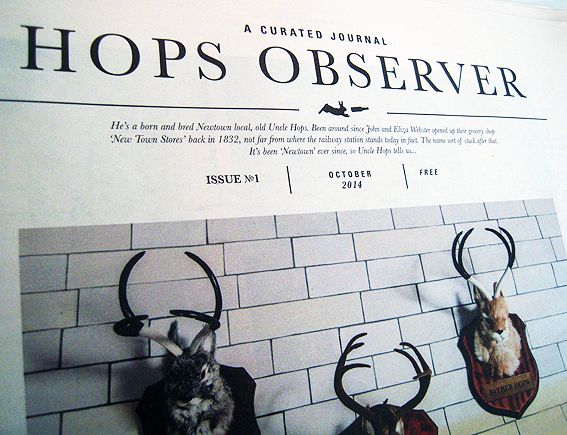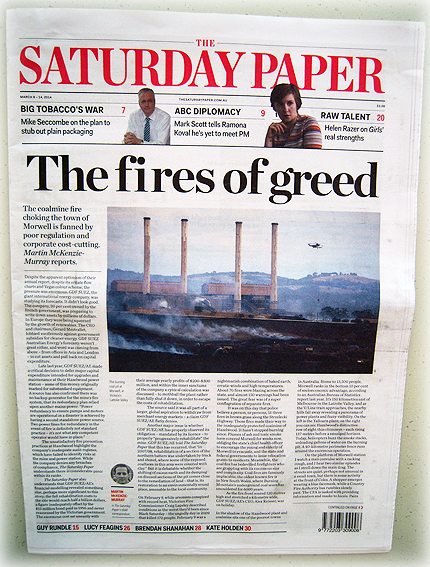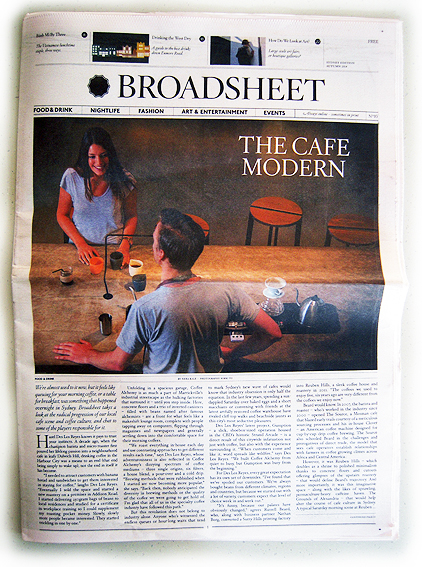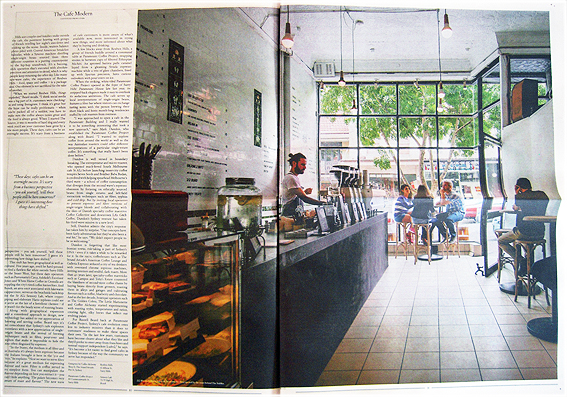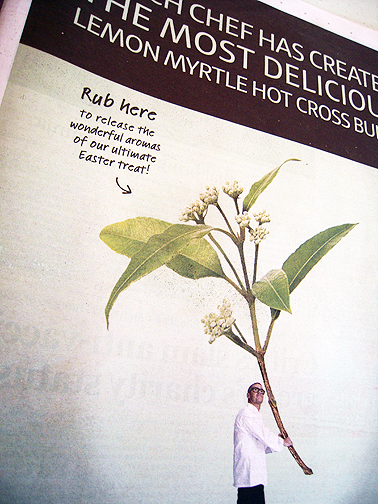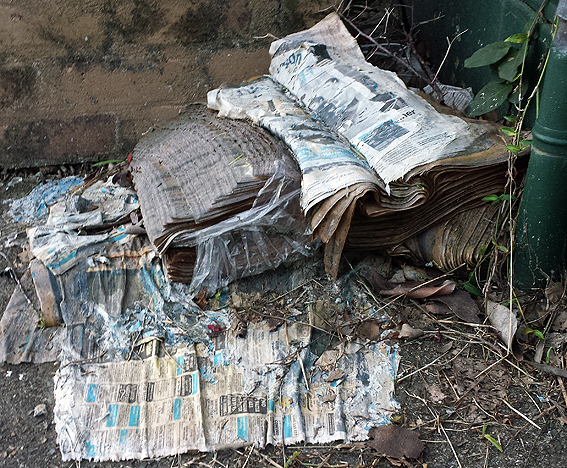
A stack of undelivered newspapers – is it any wonder that paper gets such a bad rap environmentally?
So what’s going on here? The obvious answer is that a pile of mouldy old newspapers which some underpaid delivery person couldn’t be bothered to deposit on people’s doorsteps has instead been dumped in a hidden corner to slowly decompose. It’s environmental vandalism, no different to a leaking oil well or a belching smokestack.
Paper eh? The sooner we move to an all-digital environment, the better it will be for all of us and the planet.
A couple of things…
Firstly, while the papers here are a pretty ugly eyesore, in essence all they are doing is decomposing. The paper and ink are biodegradeable, plant-based materials so, left to their own devices and Nature’s processes, the newspapers will slowly rot down. It’s no different to putting newspapers on garden beds to suppress weeds. It’s possible that even the plastic wrap is biodegradeable as many mailing houses now use it for wrapping papers (although not all publications do).
It looks foul but in fact it’s not doing much harm and may even provide a temporary home to insects and bugs.
Perhaps even more interesting is what happens if the papers don’t rot down.
The common belief is that chopping down trees to make paper and then sending the waste paper to landfill ultimately ends up releasing carbon dioxide, a greenhouse gas, into the atmosphere.
However, there is some evidence that this is not what happens at all. In fact, in certain circumstances, paper will decompose very slowly without releasing much carbon dioxide. In essence, it acts as a carbon sink, keeping the greenhouse gases locked up for many years.
This raises the interesting hypothetical as to whether, in order to combat climate change, it might be more beneficial to make lots of paper and then bury it underground as a form of de facto carbon sequestration.
Finally, it’s worth noting that this putrid pile is very much the exception that proves the rule. On the whole, the recycling of old newspapers in Australia is a very successful process. In fact Australia is often held up as a world-beating example in terms of the effectiveness of its newspaper recycling system.
Current figures suggest that up to 78 per cent of all newspapers are recycled daily in Australia, much higher than in many other countries and far out-stripping recycling rates for e-waste.
That doesn’t make this pile any more attractive to look at but it does suggest it shouldn’t be used to condemn print media in general, any more than a discarded computer should be used as an excuse to close down the internet.


